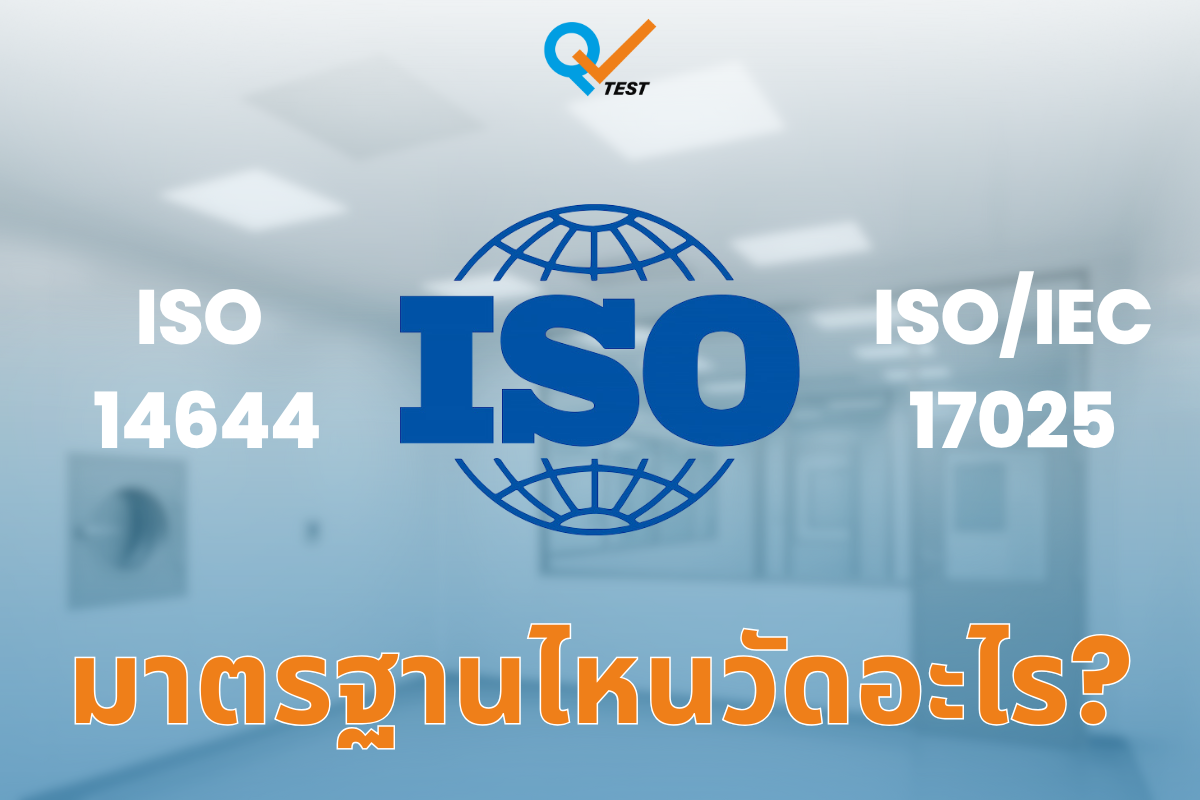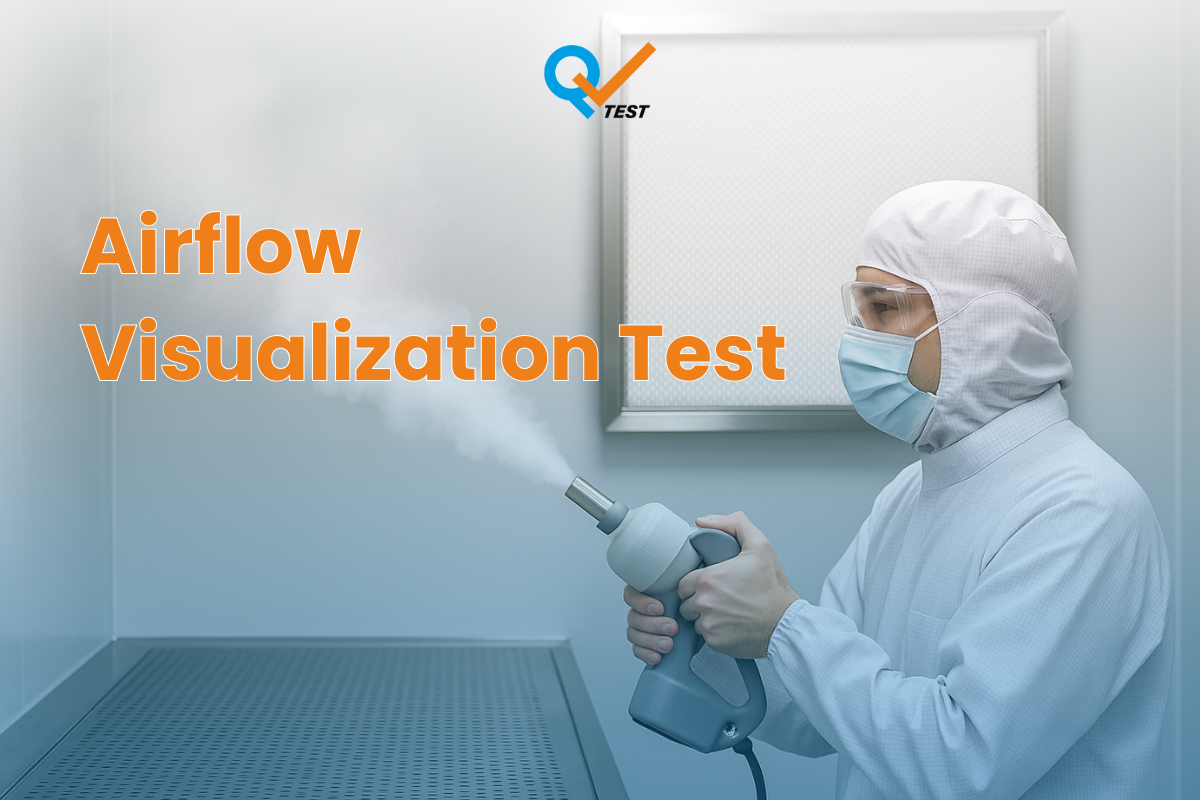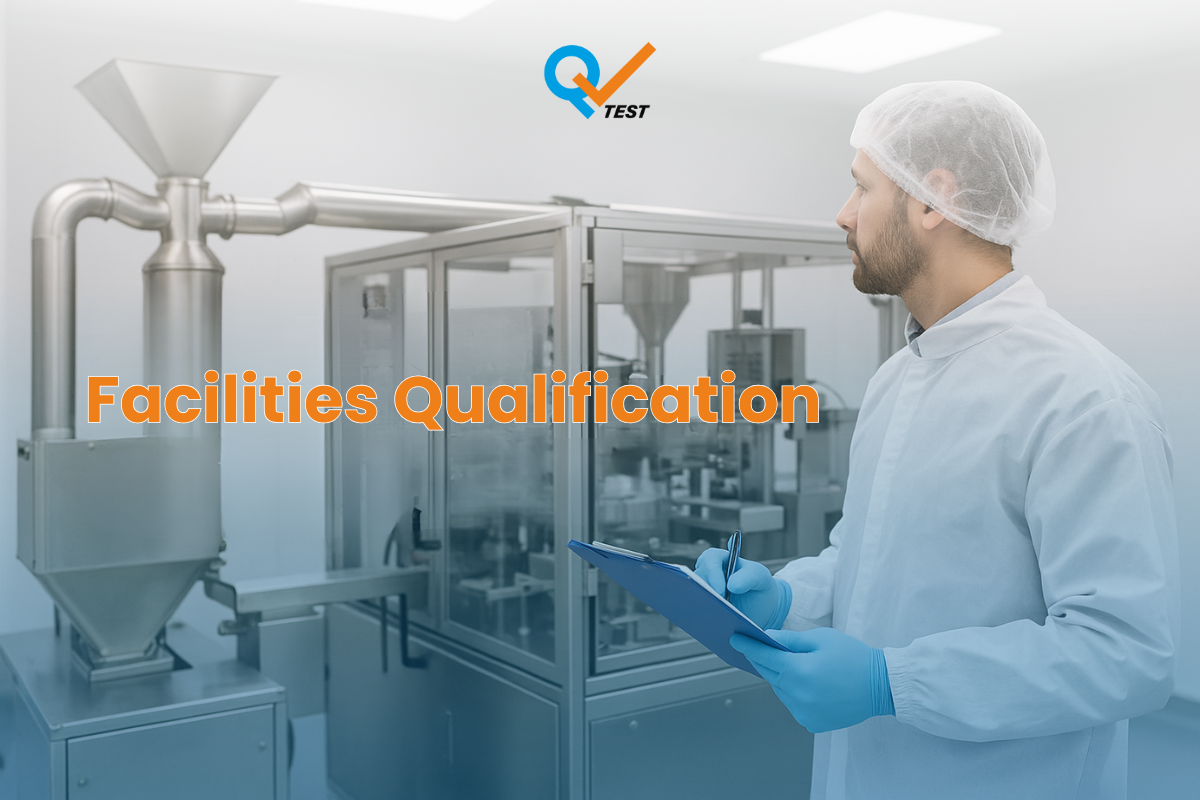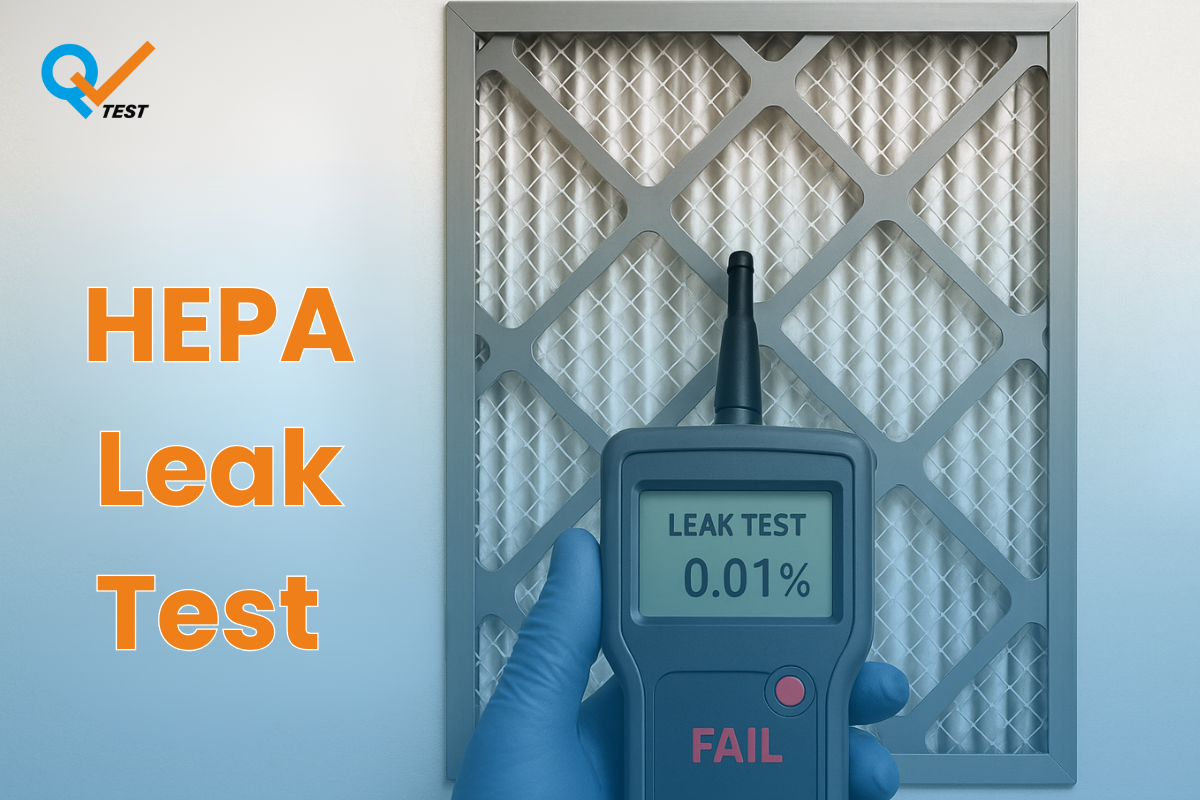Over 10 years of experience
Total Validation for Cleanroom
Providing testing and certification services for cleanrooms and controlled environments to ensure compliance with industry standards such as ISO 14644, NEBB, GMP, FDA, WHO, PIC/S, ASHRAE, etc.
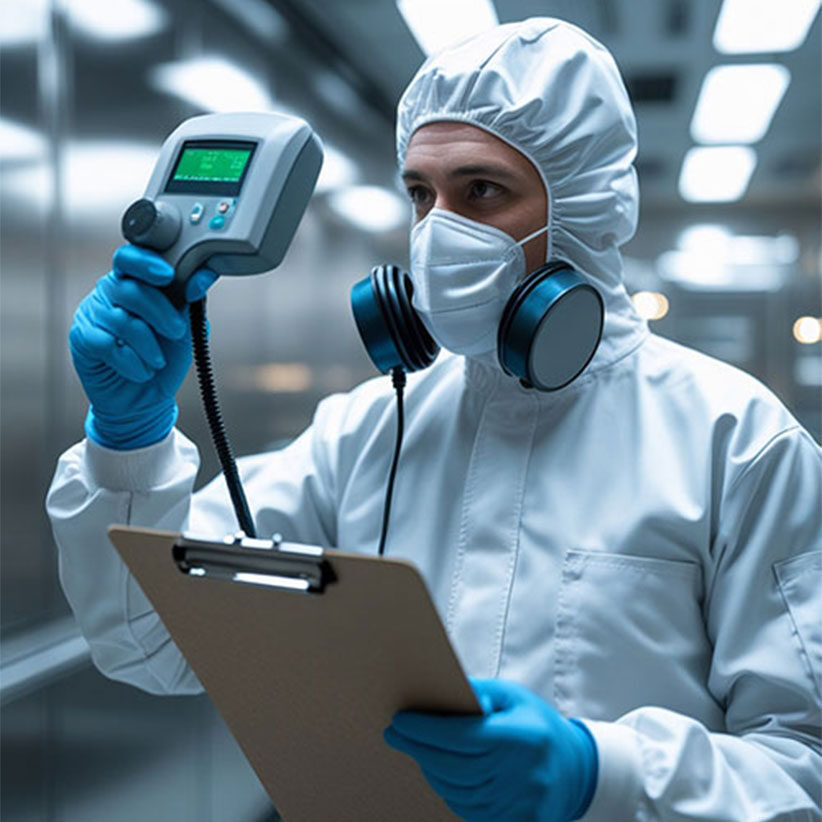
Over 10 years of experience
Cleanroom
Certification Testing
Airborne Particle Count Test, Airflow Velocity & Volume Test, Air Change Rate Calculation, Differential Pressure Test, HEPA/ULPA (HEPA/ULPA Filter Integrity Test – DOP Test, Airflow Visualization Test – Smoke Test

Over 10 years of experience
Focus
on Your
Temperature & Humidity Test,Sound Level & Vibration Test,HVAC and AHU (HVAC System & AHU Testing/Certification),Air Balancing,Air Handling Unit (AHU), (Duct Leakage Test),Dust Collector System Testing
Business

ISO 14644 vs ISO/IEC 17025: มาตรฐานไหนวัดอะไร?
คนละบทบาท แต่สำคัญพอกัน หลายคนที่ดูแลโรงงานหรือแล็บ มักได้ยินสองมาตรฐานนี้อยู่บ่อยๆ — ISO 14644 กับ ISO/IEC 17025และคำถามยอดฮิตที่ตามมาคือ… “มันต่างกันยังไง?”“ต้องมีทั้งคู่ไหม?”“ใช้คนละจุดหรือใช้ร่วมกัน?” คำตอบคือ…สองมาตรฐานนี้ไม่ได้ซ้ำกัน แต่ “เสริมกัน” คนละบทบาท ISO 14644 เอาไว้ “บอกว่าห้องสะอาดแค่ไหน” ISO/IEC…
Airflow Visualization Test คืออะไร?
คุณอาจตรวจค่าทุกอย่างผ่าน… แต่ลมยังพาเชื้อย้อนกลับได้ หลายโรงงานมีระบบ HVAC ที่ดูดี มีห้องคลีนรูมที่ได้ Class ตามมาตรฐานแต่เมื่อเริ่มใช้งานจริง กลับพบปัญหาที่ “ตัวเลขไม่สามารถบอกได้” ลมหมุนวนบริเวณจุดทำงาน อากาศจากข้างนอกไหลย้อนกลับ ผู้ปฏิบัติงานเคลื่อนไหวแล้วลมเบี่ยงทิศทาง หรือบางจุดไม่มีการไหลของอากาศเลย สิ่งเหล่านี้อาจนำไปสู่การ ปนเปื้อน โดยที่คุณไม่รู้ตัวและนั่นคือเหตุผลที่เราต้องทำ Airflow Visualization Test…
Facilities Qualification = ตรวจให้แน่ใจก่อนเริ่มผลิตจริง
เคยไหม? ห้องเสร็จ แต่ยังใช้ไม่ได้… หลายโรงงานที่ลงทุนสร้างห้องคลีนรูมและติดตั้งระบบ HVAC แบบจัดเต็มกลับพบว่า… ยังไม่สามารถเริ่มผลิตได้ทันที! เพราะอะไร? คำตอบง่ายๆ คือ — ยังไม่ได้ทำ Qualification Qualification คือขั้นตอนที่ใช้ “พิสูจน์” และ “บันทึก” ว่าทุกอย่างในระบบของคุณตั้งแต่โครงสร้างห้อง เครื่องจักร…
HEPA Leak Test สำคัญแค่ไหน? รั่วแค่ 0.01% ก็ถือว่า ‘ไม่ผ่าน’
เล็กน้อยแค่ไหน…ถึง ‘พังทั้งระบบ’? ในห้องคลีนรูมที่ควบคุมคุณภาพอย่างเข้มข้น ทั้งในโรงงานผลิตยา ไบโอเทค หรือชิ้นส่วนอิเล็กทรอนิกส์ ความสะอาดของอากาศไม่ใช่เรื่องเล็ก — เพราะแม้เพียง จุดรั่วเล็ก ๆ บน HEPA Filter ก็เพียงพอให้เชื้อโรคหลุดรอด และส่งผลเสียต่อทั้งผลิตภัณฑ์และชื่อเสียงขององค์กร นั่นคือเหตุผลว่าทำไมการตรวจสอบด้วย HEPA Leak Test…


